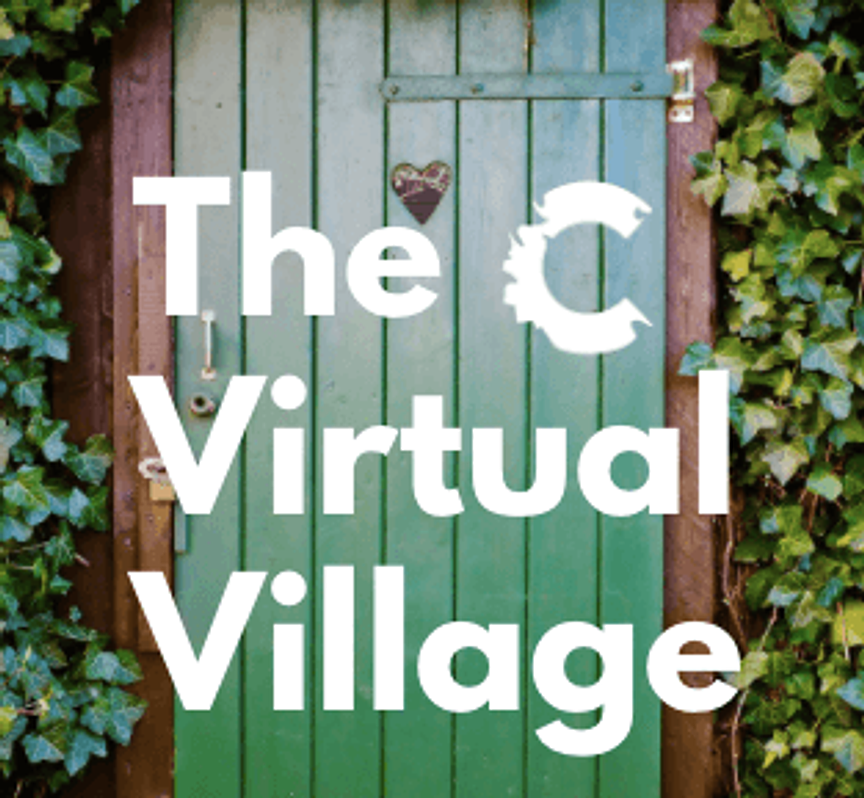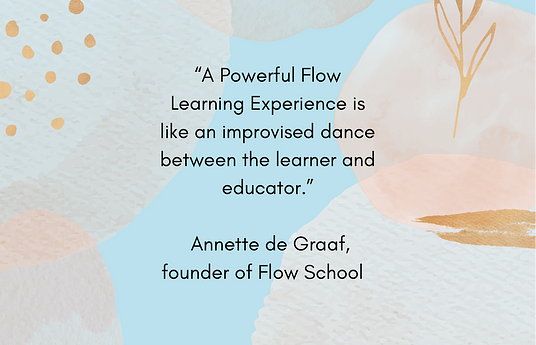When the pandemic hit Brazil earlier this year, back in March, we had to quickly act upon how we would structure our virtual school to meet the demands of attending to the needs of how to provide a relevant educational experience during the pandemic, while continuing to maintain our focus on the school’s four pillars: sustainability, entrepreneurship, collaboration, and digital fluency. The government had declared a state of emergency ordering all schools to shut down immediately. Unfortunately, the country was not ready for this new reality, as investments had not been made to develop teachers and many educators lacked the knowledge of what it meant to be a digitally fluent teacher in this new scenario. But the inevitable happened, the pandemic spread rapidly around Brazil, and many schools found themselves forced to shut down without being able to consider other options.
Who would have imagined that in 2020, the world would face a pandemic and our regular school routines would be transformed overnight because of COVID-19? While facing this exact scenario, the leadership team at Escola Concept, São Paulo, came together to think interdependently and capitalize on the power of multiple perspectives, abilities, and backgrounds, to decide on what the next immediate steps would be upon school closure. Guiding questions structured our conversation.
Here are a few for inspiration: What does the community need to know to go virtual? How do we impact change? How do we mobilize and reach the greater community? What will the expectations be for all parts involved?
The first part of the conversation included the Head of School, the Head of Human Services Design, and the EdTech Coordinator. Once the initial plan was drafted for all non-academic matters, the next step involved the division principals to coordinate the academic part. This was when the format and structure of lessons were discussed at length. Simplicity, clarity, and strong delivery were crucial to making the plan consistent and aligned to our school’s mission, vision, and pillars. We were cautious to preserve our essence as a school. The format of learning was temporarily changing, but our WHY and our WHO had to remain intact. All members of the leadership team joined the last review and we asked them to wear the many hats of our multiple stakeholders as they engaged with the information, shared questions, reflected upon possible concerns, and offered feedback. The head of marketing, librarian, operations manager, project designer, and head of enrollment participated in this stage where the fine-tuning happened. We used a SWOT protocol to identify the strengths, weaknesses, opportunities, and threats of our plan and after many iterations, we were ready to share the information with our internal community and with the global community so we could inspire and impact change in other schools. Creating, imagining, and innovating was a habit of mind we explored throughout the experience. We continuously asked ourselves, what is possible? What is another way of looking at this? How could we impact more people? Mobilize more individuals? Reach a greater number of individuals? We also kept referring to the habit of communicating with clarity and precision. We wanted to ensure we were being understood by our inner and greater communities. We considered the language we were using to communicate, the intended versus the unintended messages, and ways to ensure our message was being understood. The entire process took about 45 hours. 45 hours later, we were stronger, more committed, more understanding of the different talents within the team, and ready to inspire and mobilize and impact change.
45 hours later we had a Virtual Village. We were able to mobilize our entire community to adhere to the Virtual Village with specific grade-level adjustments. We knew that empowering educators was essential, but would not suffice, so we also created a site for our families to learn how to navigate our Virtual Village. Although we had taken care of the members of our immediate community, we observed that we had to live our mission as change-makers. It was our duty to go beyond and to provide to those in need.
Therefore, we thought of ways we could reach out to the greater community despite the realm of bureaucracy we live in Brazil. Escola Concept, as the first school in Brazil to have a design department, worked to use the Virtual Village as an iteration outlet. We mapped out the needs people were facing and made of our then virtual school, a hub for iterating possible help for those who couldn't reach face to face education due to the pandemic.
The Virtual Village provides innovative services from webcasting live classes, talks on Education such as our series in.MIND and Morning Bites to Yoga Classes. In addition to bringing abundant resources to educators through our in.MIND booklets(a collection of articles curated based on the theme of our four pillars: Entrepreneurship, Collaboration, Digital Fluency and Sustainability)and other publishing for different audiences, we also created a network(The ColLab Net) to connect those willing to help those in a vulnerable situation.
The Virtual Village helped our students to see that a PBL school is not only for hands-on experience, but it is also the full human experience, where you learn through empathy and understanding your role in society.
Amidst the Virtual Village, we found a new PBL model in which our students will develop their projects based on the needs of those impacted by our initiatives. Real problems and real needs.
Since March, The Virtual Village has impacted over 1200 students in our community and over 7000 people joining us in our live virtual opportunities. We hope to reach many more in the months to come!



